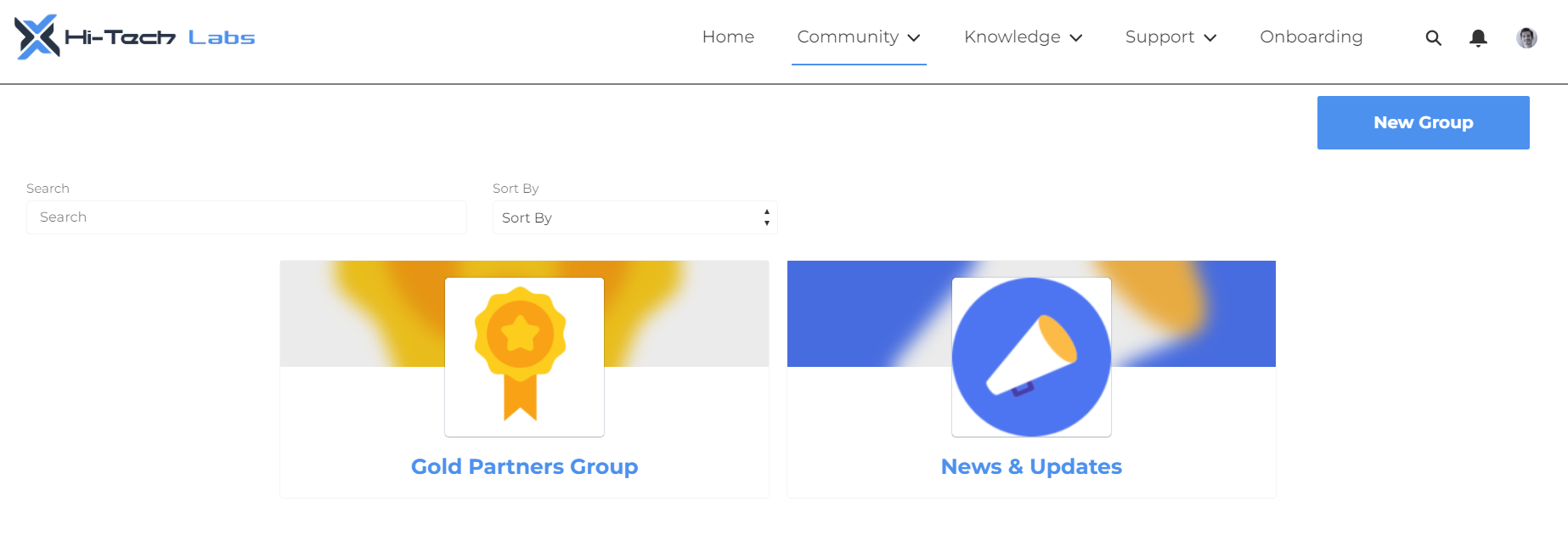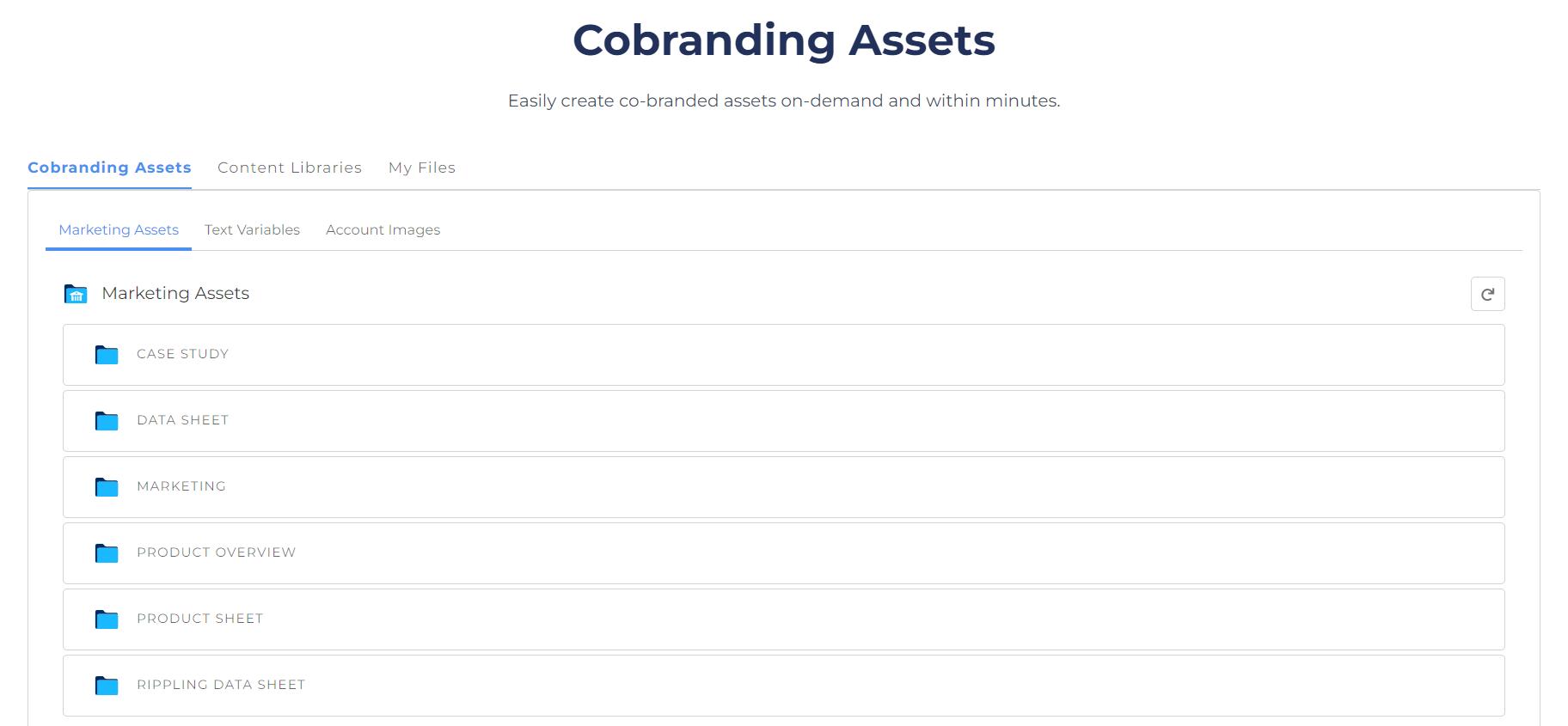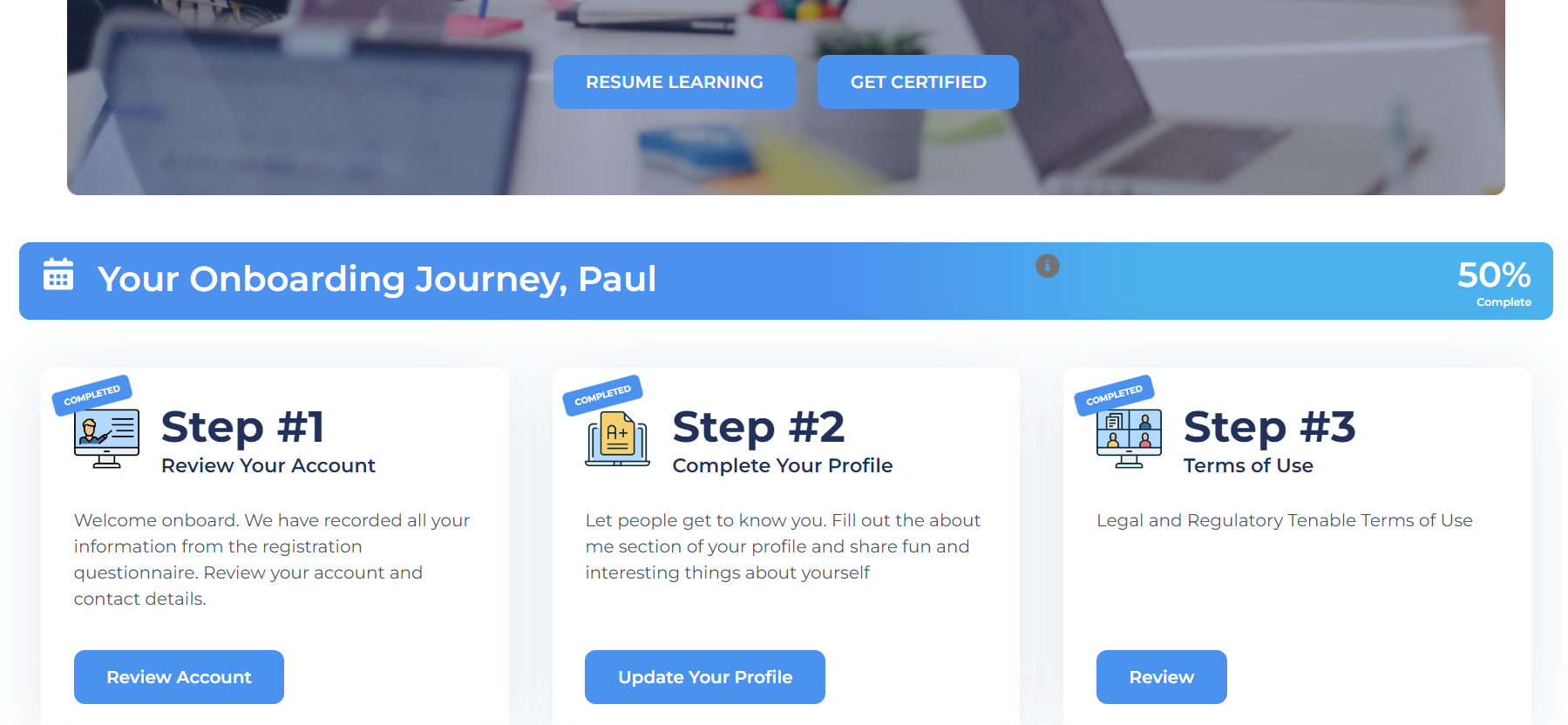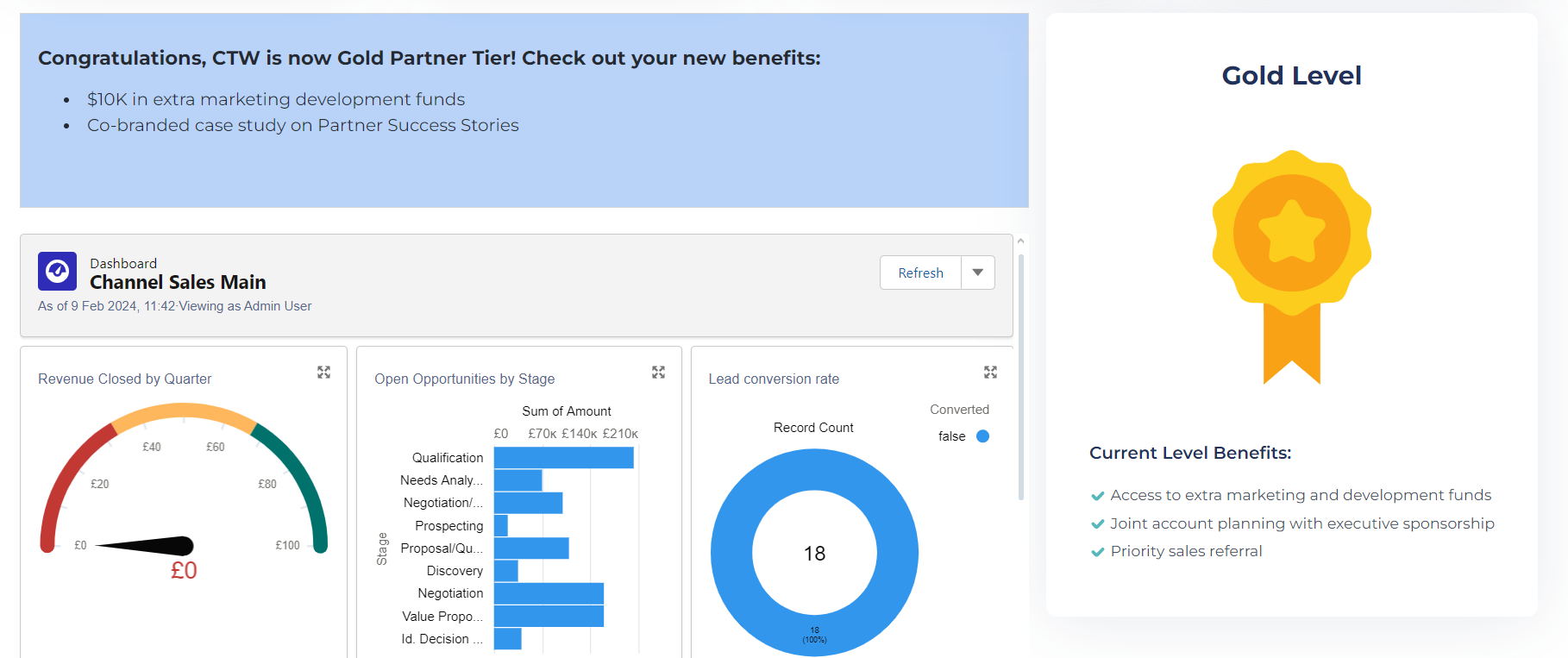Unlocking Strategic Partner Management in Salesforce: Best Practices for 2025 and Beyond
In a world where no business wins alone, partnerships have become the new growth engine. From co-selling and joint marketing to shared technology stacks, today’s companies rely on a growing web of collaborators to drive innovation and revenue. This is where Strategic Partner Management steps in—providing the framework to turn alliances into real, measurable impact.
As we look ahead to 2025, the importance of managing strategic partnerships effectively has never been greater. The rise of ecosystem-led growth, the shift toward indirect sales models, and the increasing complexity of business relationships demand a smarter, more connected approach. Companies that succeed will be those that invest in scalable, data-driven partner strategies.
Enter Salesforce—a leader in empowering organizations to build, scale, and optimize their partner ecosystems. With powerful tools like Partner Relationship Management (PRM) and Experience Cloud, Salesforce enables seamless strategic partner management from onboarding to co-selling.
In this post, we’ll explore why strategic partnership management is essential for the future, how Salesforce enables it, and the best practices your organization can apply to get ahead in 2025 and beyond. Whether you’re launching your first strategic alliance or scaling a global partner network, you’ll find actionable insights to transform partnership opportunities into long-term value.
Why Strategic Partner Management Matters More Than Ever
The business in 2025 is increasingly defined by interconnected networks, decentralized sales efforts, and rapidly evolving technologies. In this environment, strategic partner management is no longer a luxury—it’s a critical discipline for navigating complexity and driving growth. Companies are shifting toward channel sales and indirect revenue models as scalable alternatives to expanding direct sales teams. At the same time, they’re embracing ecosystem-based growth, forming strategic partnerships that help unlock new markets, offer complementary capabilities, and accelerate innovation.
Adding to this momentum is the growing intricacy of partner relationships themselves. Managing partnerships now requires coordination across departments, geographic regions, and diverse performance metrics. With this level of complexity, organizations are turning to more refined forms of strategic thinking and adopting systems that can support their business strategy while also enabling partnership opportunities.
The impact of well-executed strategic partner management is tangible. It enables companies to bring joint solutions to market faster, increasing speed and efficiency in go-to-market execution. It also fosters better alignment and accountability across internal and external teams through shared visibility into objectives and outcomes. Perhaps most importantly, it improves the overall partner experience, which directly contributes to stronger partner satisfaction and long-term retention.

When organizations invest in thoughtful, data-driven strategic partnerships, it becomes a powerful growth engine. It transforms potential partners into active contributors, strengthens successful partnerships, and creates the foundation for scalable, mutually beneficial relationships. The companies that master this discipline will be best positioned to lead in an increasingly partnership-driven economy.
The Role of Salesforce in Strategic Partner Management
Salesforce has become a foundational platform for companies looking to elevate their strategic partner management capabilities. With a suite of integrated tools purpose-built for managing partnerships, it empowers you to streamline processes, enhance collaboration, scale your strategic alliances efficiently, and elevate your strategic thinking.
At the core of Salesforce’s offering is its partner relationship management functionality. This allows organizations to manage the entire partner lifecycle—from recruitment and onboarding to training, deal registration, and performance tracking—within a unified system. The Experience Cloud extends this capability by enabling the creation of branded, self-service partner portals. These portals allow strategic partners to access resources, track opportunities, register deals, and engage with internal teams, all within a secure and customizable environment.

Salesforce further enhances partner operations through its flagship clouds. Sales Cloud supports co-selling efforts and pipeline visibility, Service Cloud enables partner support and case resolution, and custom objects make it easy to capture data unique to your partnership agreements and go-to-market motions. The platform fosters centralized communication, transparent data sharing, and automated workflows, enabling faster time-to-value and improved partner alignment.
Salesforce Partner Cloud: Redefining Strategic Partner Management for 2025 and Beyond
As of June 2025, Salesforce has introduced a major leap forward in partner enablement and growth: Salesforce Partner Cloud. Purpose-built for today’s dynamic partner ecosystems, this all-in-one, AI-powered solution transforms how organizations manage, collaborate with, and grow their strategic partnerships—and it sets a new standard for strategic partner management.
More than just a PRM tool, Partner Cloud integrates onboarding, co-selling, co-marketing, B2B referrals, incentive tracking, and strategic account planning into one unified, Salesforce-native platform. This modular architecture enables companies to manage the full partner lifecycle without relying on disconnected tools or manual processes. With built-in automation, Einstein AI for opportunity scoring, and real-time Slack collaboration, Partner Cloud turns managing relationships with partners into a high-performance, data-driven growth engine.
Salesforce Partner Cloud: New Era of Partner Relationship Management on Salesforce

For organizations looking to accelerate their PRM strategy, Advanced Communities stands out as a trusted Salesforce partner. Known for our deep PRM expertise, we offer powerful solutions like AC Partner Marketplace, which facilitates seamless partner discovery and listing capabilities, and AC Partner Co-branding, which enables co-branded marketing assets and campaign collaboration. These tools are designed to extend the power of Experience Cloud, helping companies scale their strategic partnerships more effectively and deliver a premium partner experience.
In addition, Salesforce’s extensibility through the AppExchange means teams can integrate even more capabilities—whether it’s marketing automation, content syndication, or analytics—to support complex, global strategic partnership management programs.
Best Practices for Strategic Partner Management in Salesforce (2025 & Beyond)
Effective strategic partner management is built on a combination of smart planning, process automation, and scalable technology. Within Salesforce, organizations have access to powerful native features, and with the help of experienced partners like Advanced Communities, they can go even further to create high-impact, future-ready partner programs.
Define Clear Partner Segmentation & Roles
To support the wide range of strategic partnerships your organization may manage—resellers, distributors, tech alliances, or joint ventures—Salesforce offers robust tools to define partner types, tiers, and access levels. This segmentation enables you to assign the right resources and track performance by cohort. Custom roles ensure that each strategic partner sees only the data and tools relevant to their role, reducing friction and improving accountability across your ecosystem.
Build an Intuitive Partner Portal
The partner portal is your digital front door to the partner experience. Using Salesforce Experience Cloud, you can build a modern, branded hub that simplifies engagement, training, and collaboration. To take your portal to the next level, consider working with Advanced Communities, a seasoned Salesforce partner with a deep focus on PRM solutions. Our AC Partner Marketplace app enhances portal functionality by allowing partners to showcase solutions, connect with other ecosystem members, and uncover new joint venture prospects. Our AC Partner Co-branding solution also helps automate the creation of co-branded marketing assets—an essential feature for scalable joint marketing and co-selling campaigns.

Automate Workflows & Onboarding
Speed is critical when activating potential partners. With Salesforce Flows and Process Builder, you can automate onboarding sequences, training assignments, and partner certifications. For example, a new partner can receive a welcome email, be enrolled in a training course, and gain access to sales enablement materials—all automatically. If you’re using Advanced Communities’ solutions, you can layer this automation with interactive partner directories and lead distribution tools that make onboarding even more seamless.

Use Data to Drive Accountability
Visibility into partner performance is essential for maintaining successful partnerships. Salesforce dashboards let you track KPIs like influenced pipeline, closed deals, training completion, and more. By surfacing these metrics within the partner portal, you encourage transparency and reinforce shared goals. Advanced Communities’ tools support this by allowing partners to see real-time deal flow, participation metrics, and their positioning within the marketplace, creating a stronger sense of ownership and motivation.

Foster Collaboration with Salesforce Chatter & Slack Integration
The best strategic partnerships are rooted in real-time communication and joint problem-solving. Salesforce Chatter and Slack integration enables your teams and strategic partners to share updates, provide feedback, and collaborate on active deals without relying on slow, siloed email threads. This is especially impactful when combined with a dynamic portal environment, where partners can message, plan campaigns, and access collaborative content in one place.
Ensure Scalability & Customization
As your partner network expands, your infrastructure must be able to scale with it. Salesforce supports this through modular components and flexible data models. Advanced Communities specializes in building portals and PRM frameworks that are both highly customizable and scalable, perfect for organizations anticipating global expansion or increasingly complex strategic alliances. Our solutions are built with long-term business objectives in mind, allowing your SPM approach to evolve without costly rework.
Wrapping Up
Strategic partnership management is a cornerstone of growth. Salesforce provides the tools, integrations, and flexibility needed to build, scale, and optimize strategic partnerships—turning potential into performance.
Now is the time to assess your current strategy. Are your partners empowered? Is your data actionable? Are you ready for the future of joint ventures and co-selling? Ready to elevate your strategy? Contact us today to boost results and unlock new growth opportunities.
FAQ
What is strategic partner management?
Strategic Partner Management is the process of developing, managing, and optimizing long-term, high-value relationships with business partners such as resellers, distributors, technology allies, or service providers. It involves aligning goals, streamlining collaboration, and using tools—like Salesforce PRM—to measure performance and maximize joint success. The ultimate goal of SPM is to turn strategic partnerships into scalable, revenue-generating engines that support broader business objectives.
What are the stages of building a strategic partnership?
Building a successful strategic partnership typically involves several key stages: identifying the right potential partners, aligning on shared goals and value propositions, formalizing the relationship through agreements, executing joint activities like co-selling or co-marketing, and continuously optimizing based on performance data. Salesforce PRM tools help manage each stage, from recruitment and onboarding to long-term performance tracking and renewal.
What is the difference between alliances and partnerships?
While often used interchangeably, partnerships and alliances differ slightly in scope and structure. A strategic partnership usually refers to a formalized, goal-oriented collaboration with clear commercial outcomes, such as revenue sharing or market expansion. An alliance, on the other hand, may be broader or less transactional, often focusing on joint innovation, advocacy, or strategic planning without a direct revenue split. Both play a role in modern strategic partner management and can be managed effectively through Salesforce platforms.





